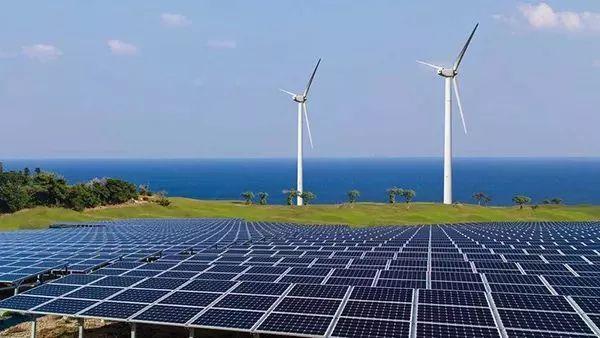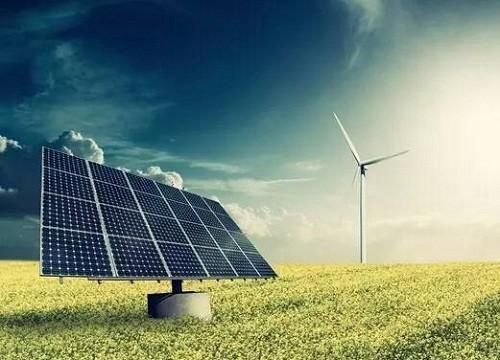A recent report by a research team at Oxford University says Africa's electricity demand is set to double by 2030. According to the report, fossil fuels will remain Africa's main source of electricity, but as African countries and related energy companies continue to promote the development of renewable energy, renewable energy generation in Africa will open up new opportunities.
A comparative analysis of more than 2,500 power plants in 54 African countries found that renewable energy sources other than hydropower currently account for only 3 percent of Africa's electricity supply. Renewable energy sources such as wind and solar energy have great potential for development. In addition, there are regional differences in renewable energy development in Africa. The Nile and Zambezi countries depend mainly on hydroelectric power. South Africa is a leader in the use of solar energy, and is expected to generate more than 40 percent of Africa's solar power in 10 years.

Galina Alova, lead author of the report and a research fellow at Oxford University's Smith School of Enterprise and the Environment, said Africa's growing demand for electricity, coupled with economic development, offers plenty of opportunities to develop the renewable energy industry. At present, the cost of generating electricity from wind power, photovoltaic power and other renewable energy sources is falling. Africa can take advantage of its abundant wind and solar energy resources to promote the development of renewable energy.
South Africa has become the first country on the continent to generate more than 1 gigawatt of solar power. South Africa and the 16 member countries of the Southern African Development Community (SADC) have established a renewable energy center to support and coordinate the development of renewable energy in the region when the total installed capacity of the market is approaching saturation. Cooperation among African countries on solar, wind and biogas technologies could help address the low rates of electricity supply in rural areas, said Drukula, executive director of the SADC Center for Renewable Energy and Energy Efficiency.
Egypt, Morocco, Namibia and other countries have set goals for renewable energy development. Algeria has 22 solar power plants in operation since the first one was built in 2011. Under Algeria's Renewable Energy Development Plan, the government plans to invest more to increase the country's total solar installed capacity, which is expected to reach 5.5 gigawatts by 2028. Senegal's first wind farm went into operation in March last year, and in April Senegal signed an agreement with a Chinese company to build the country's first decentralized 12-megawatt wind farm. "More wind farms will help diversify the energy mix and wean the country off oil," said Mendelba, managing director of the Senegalese state electricity company.

According to the World Energy Outlook 2020 report released by the International Energy Agency, investment needs in the solar industry alone in sub-Saharan Africa will reach $6 billion in 2021. The African Development Bank currently has a $500 million fund to support small renewable energy projects and plans to invest $20 billion in a solar power zone in sub-Saharan Africa that will cover 11 countries. Adowa, head of the Power Transition Africa, said: "Africa has huge potential for renewable energy development. We hope all parties will inject more development funds into Africa and work together to achieve the global climate change goals at an early date."

